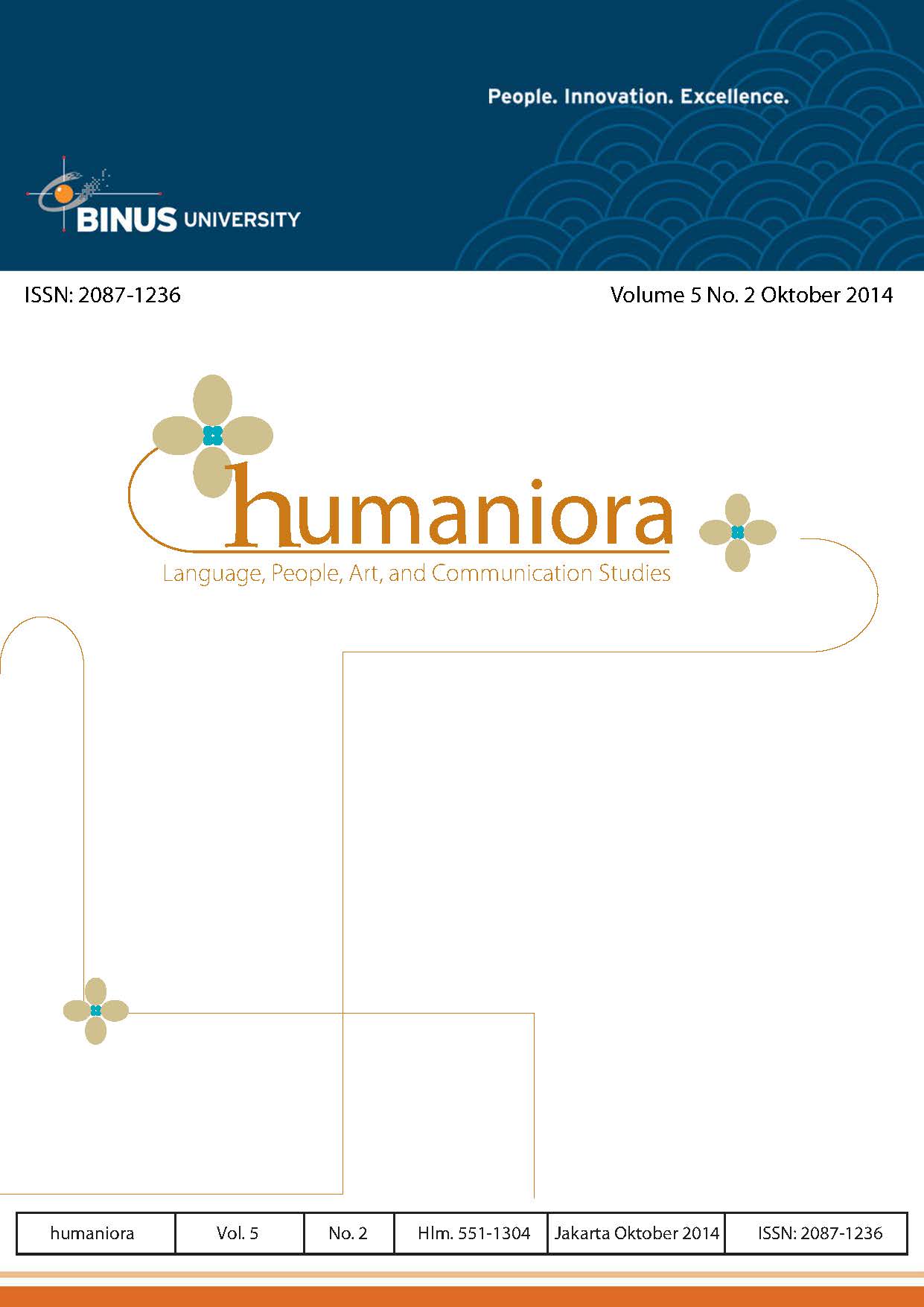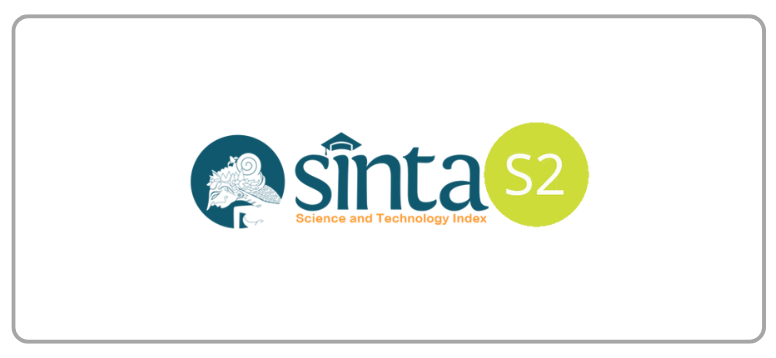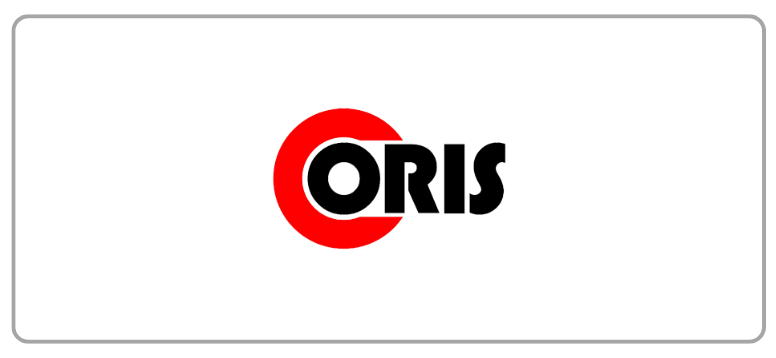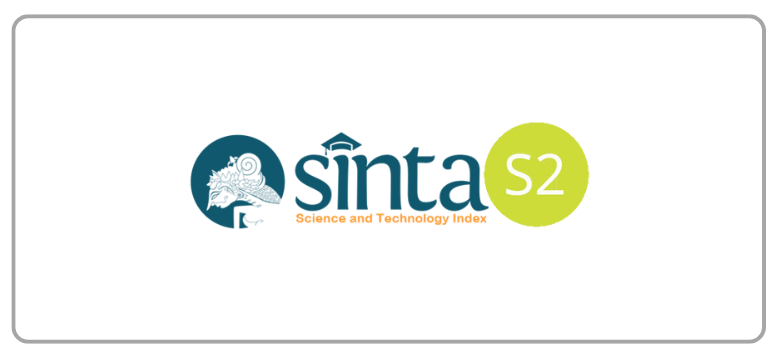Semiotika Atribut Sebagai Pesan Komunikasi: Studi Kasus Atribut Ibu Anggota DPR RI
DOI:
https://doi.org/10.21512/humaniora.v5i2.3262Keywords:
denotative-connotative, binary opposition, signifier-signified, structure, non-verbal communicationAbstract
Research aims to know denotative and connotative meaning of the attributes used by female members of House of Representatives as an integrated signifier and signified in their appeance. In terms of the research context “performance†was “sign†itself, by seeking the new structure existing in the attribute of their appearance. Attribute denotative meaning is the overall objects seemed. Connotative meaning is the meaning existing fits to the context of local culture, within it loads particular human being expression individually. The method used in the study is inductive-posteriori-explorative-qualitative, with a case study using semiotic analysis of communication led to internalization of the researcher towards the phenomenon of attributes used by the female members of the House of Representatives. The choice and use of attributes in each appearance can be used to give impressions used an anchor by the researcher to provide further interpretation of the attributes worn. This study took the paradigm theory of Ferdinand de Saussure and Charles Sanders Peirce to see through its problems in the field. The result is Saussure’s view is able to reconstruct all objects visible to the researcher. Similarly, Peirce's view has three major characteristics that are capable of being a mirror to see the reality in the field. The results showed an attempt to reconstruct the understanding of semiotics and attributes as a form of nonverbal communication message. The study concludes the denotative meaning of attributes can provide communication and connotative message over the attributes used by female members of the Parliament.
References
Barthes, R. (1990). The Fashion System. Los Angeles: University of California.
De Saussure, F. (1990). Course in General Linguistics. Duckworth, London.
Eco, U. (2009). Teori Semiotika. Yogyakarta: Kreasi Wacana Offset.
Eliade, Mircea (1989). Le Mythe de l'Eternel Retour. Archétypes et répétitions. Paris: Gallimard.
López-Varela, A. A. (2011). Intertextuality and Intermediality as Cross-cultural Comunication Tools: A Critical Inquiry. Cultura.
Peirce, C. S. (1978). Écrits sur le signe. Rassemblés, traduits et commentés par G. Deledalle. Paris: Seuil.
Piliang, Y. A. (2010). Semiotika dan hipersemiotika. Bandung: MATAHARI.
Yunus, U. & Tulasi, D. (2012). Batik Semiotics as a media of communication in Java. Cultura, 9(2), 143–150.
Downloads
Published
How to Cite
Issue
Section
License
Authors who publish with this journal agree to the following terms:
a. Authors retain copyright and grant the journal right of first publication with the work simultaneously licensed under a Creative Commons Attribution License - Share Alike that allows others to share the work with an acknowledgment of the work's authorship and initial publication in this journal.
b. Authors are able to enter into separate, additional contractual arrangements for the non-exclusive distribution of the journal's published version of the work (e.g., post it to an institutional repository or publish it in a book), with an acknowledgment of its initial publication in this journal.
c. Authors are permitted and encouraged to post their work online (e.g., in institutional repositories or on their website) prior to and during the submission process, as it can lead to productive exchanges, as well as earlier and greater citation of published work.
USER RIGHTS
All articles published Open Access will be immediately and permanently free for everyone to read and download. We are continuously working with our author communities to select the best choice of license options, currently being defined for this journal as follows: Creative Commons Attribution-Share Alike (CC BY-SA)


















